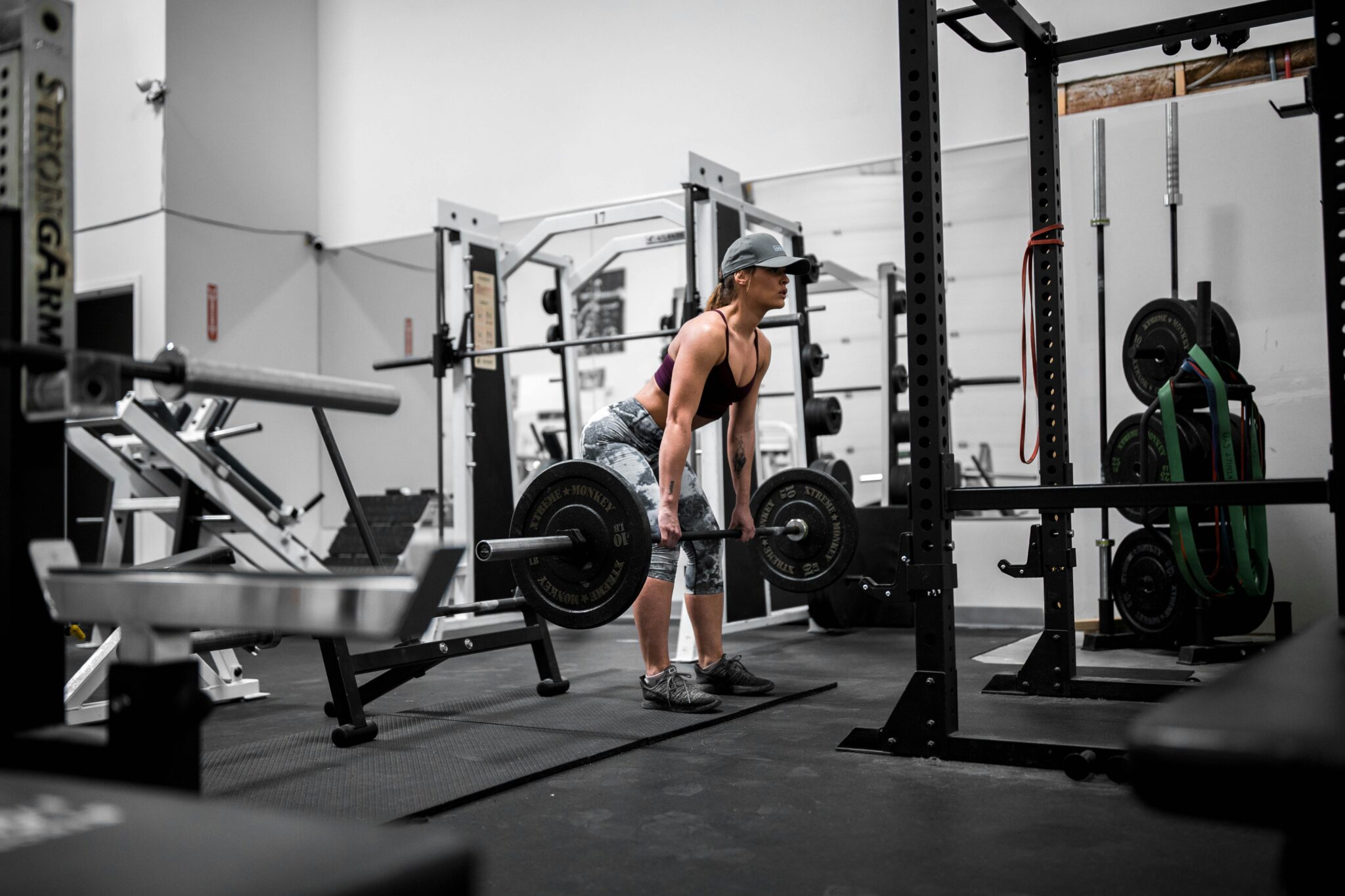Both the Arnold split and the Push-Pull-Legs (PPL) are popular workout splits that organize training sessions based on muscle groups and movement patterns. Here’s a comparison of the two:
Arnold Split:
The Arnold split, named after bodybuilding legend Arnold Schwarzenegger, typically involves training each major muscle group once per week with a higher frequency for some muscle groups. The split is as follows:
- Day 1: Chest and Back
- Exercises for chest and back muscles.
- Day 2: Shoulders and Arms
- Focus on shoulder, bicep, and tricep exercises.
- Day 3: Legs
- Targeting the muscles of the lower body.
- Day 4: Rest or Active Recovery
- A day off from structured resistance training, or low-intensity activities.
- Day 5: Chest and Back
- Similar to Day 1, but with potentially different exercises.
- Day 6: Shoulders and Arms
- Similar to Day 2, but with potentially different exercises.
- Day 7: Legs
- Similar to Day 3, but with potentially different exercises.
Push-Pull-Legs (PPL):
The Push-Pull-Legs split divides training into three main categories based on movement patterns:
- Push (Day 1):
- Chest, shoulders, and triceps exercises.
- Pull (Day 2):
- Back and biceps exercises.
- Legs (Day 3):
- Lower body exercises, including quads, hamstrings, and glutes.
- Rest or Active Recovery (Day 4):
- A day off from structured resistance training, or low-intensity activities.
- Push (Day 5):
- Similar to Day 1 but with potentially different exercises.
- Pull (Day 6):
- Similar to Day 2 but with potentially different exercises.
- Legs (Day 7):
- Similar to Day 3 but with potentially different exercises.
Comparison:
Arnold Split:
- Pros:
- Emphasizes training each muscle group with a higher volume in a single session.
- Provides a specific focus on individual muscle groups.
- Cons:
- Lower frequency for each muscle group compared to PPL.
- May lead to longer sessions.
Push-Pull-Legs:
- Pros:
- Higher frequency for each muscle group.
- Shorter, more frequent sessions.
- Cons:
- May require more time commitment per week.
Considerations:
- Training Experience:
- Beginners may find the Push-Pull-Legs split more manageable, while advanced lifters might benefit from the greater specialization in the Arnold split.
- Individual Preferences:
- Some individuals may prefer the variety and frequency of the Push-Pull-Legs split, while others may enjoy the targeted approach of the Arnold split.
- Time Commitment:
- Consider your schedule and time availability. The Push-Pull-Legs split may be more practical for those with busier schedules.
- Recovery:
- Adequate recovery is crucial for both splits. Listen to your body, prioritize sleep, and manage stress.
- Goals:
- Consider your fitness goals. Both splits can be effective for muscle growth and strength, but personal preferences and adherence play a significant role.
Ultimately, the best split is the one that aligns with your goals, preferences, and lifestyle. Experimenting with both splits and adjusting based on individual responses can help you find the most suitable approach for your needs. Additionally, seeking guidance from a fitness professional can provide personalized advice tailored to your specific situation.



